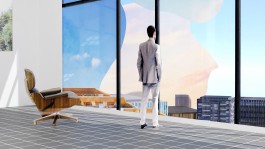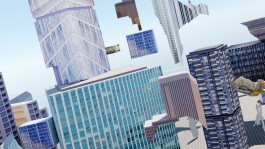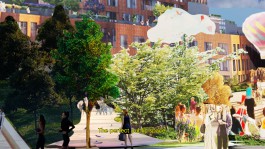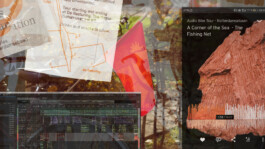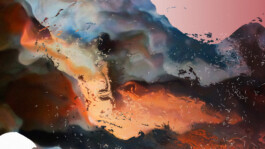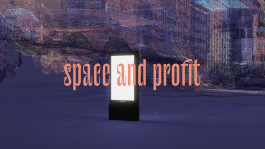Where the Facade Bends
Architectural renders are highly realistic representations of places that don't exist yet. These images stand halfway between an imaginary world and a future that will physically materialise. They play a role at several moments of the development of a place, whether it be for advertising to potential investors, communication to convince the public, or for creating a marketable image and storytelling. Where the facade bends explores the peculiar idea of paradise and hyper-perfection embedded in these performative representations. A vision of perfection which is not neutral, but fuelled by consumerist and capitalist norms, and which impacts spaces and beings.
This project is grounded in my interest for cities as spaces from which to envision renewed ways of living and being together. A first step toward this takes places in the understanding of the neoliberal economics' pressure on cities and city dwellers. This has been the subject of my master thesis, where I have delved into city rhythms, and how they are framed by dynamics of profitability, efficiency, smoothness and predictability.
Following this research, Where the facade bends is a critical examination of "the perfect place" and "perfect citizen" representations, showing how the current narrative of an idealised future shape the collective imagination.
In this work, I am observing and playing with these "neither real nor imaginary" places and the norms they maintain. I use cuts-out of architectural renders to reassemble a new space, stage for a video journey through the backsides, absurdities and ruptures of such smooth surfaces.

